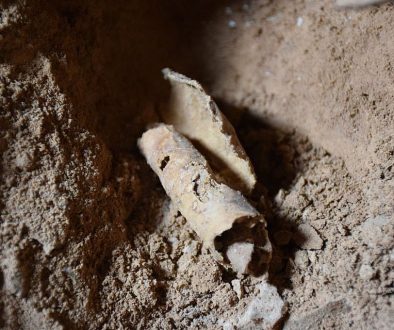Creationists see eruption through biblical eyes
Nearly 1,000 people will converge on Longview today to hear reports that Mount St. Helens’ eruption and the rapid return of life bolster the creationist reading of the Bible.
"The eruption of Mount St. Helens radically changed the landscape in a very short period of time," said Bruce Barton, a volunteer at the Seven Wonders Museum and Bookstore.
The Toutle-area establishment is joining the Institution for Creation Research to bring the conference "Learning from Catastrophe" to Longview.
"This lends credence to what is actually portrayed in the Bible," Barton said. "Look at what happened during the time of Noah’s flood. … If you put all the scriptures together, you can get the idea of tectonic activity. Earthquakes. Tsunamis. We’re talking about massive geological changes."
A geologist, a medical doctor and a former U.S. Forest Service administrator will give presentations on how the eruption of Mount St. Helens changed the way Christians may think about themselves, the way the earth works and their relationships with God.
Steven A. Austin is a geologist who co-authored the book "Footprints in the Ash."
Dr. Keith Swenson is president of the Portland-based creation group Design Science Association and teaches at Multnomah Bible College.
Ed Osmond contributed to the U.S. Forest Service’s recreation planning efforts for the Mount St. Helens National Volcanic Monument.
They’ll approach the conversation from a creationist perspective, which holds that the world is roughly 6,000 years old and that the portrayal of creation in Genesis is scientific fact.
It’s a point of view that many mainstream scientists studying the volcano say contradicts the evidence.
"Generally, science as an enterprise depends on evaluating evidence and coming up with hypotheses and theories," said U.S. Geological Survey research scientist Tom Pierson. "Everybody’s research is subject to very critical scientific review by peers."
"We think that the age of the volcano is close to 300,000 years old," said Pierson, who described himself as a committed Christian, yet believes the planet is billions of years old.
"There are a lot of men and women of faith who are practicing scientists, who are trying to understand our earth and its history based on scientific principals," Pierson said.
"It really boils down to a world view," said Barton, who holds a bachelor’s degree in meteorology from San Jose State University. "Evolutionism is a world view. We choose to say, as new discoveries come out, ‘How would this fit within a biblical paradigm?’ "
It’s an approach that more and more people seem to be taking, Barton said.
"As people see our society undergoing change, and not always for the better, we want to look for solid roots, something to cling to," Barton said.
"We ask, ‘What can we anchor our faith in?’ " Barton said. "In my own personal case, I’ve found biblical explanations much more satisfying, and the evidence is much more satisfying than those theories that are not connected to the Bible."
There is room for Christians to have different understandings of how the earth was created, Barton added.
There’s only one way for scientists to view the world, said Pierson of USGS: by objectively examining the evidence.
"Creationism is a view of what has happened in the world based on faith," Pierson said. "It’s not science. That doesn’t mean it’s wrong to believe that, but it’s not a scientific way of viewing the world."
The Daily News, Longview, Washington
https://www.tdn.com/articles/2005/05/21/area_news/news02.txt





